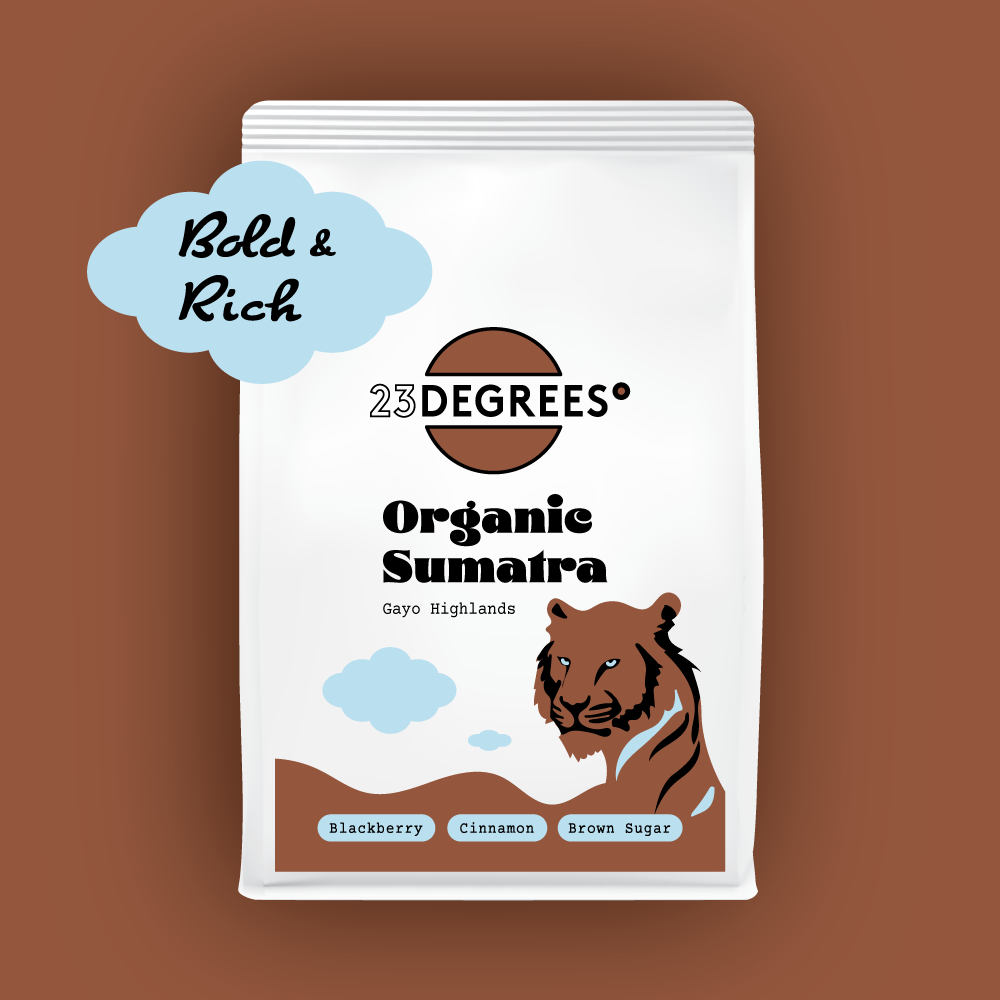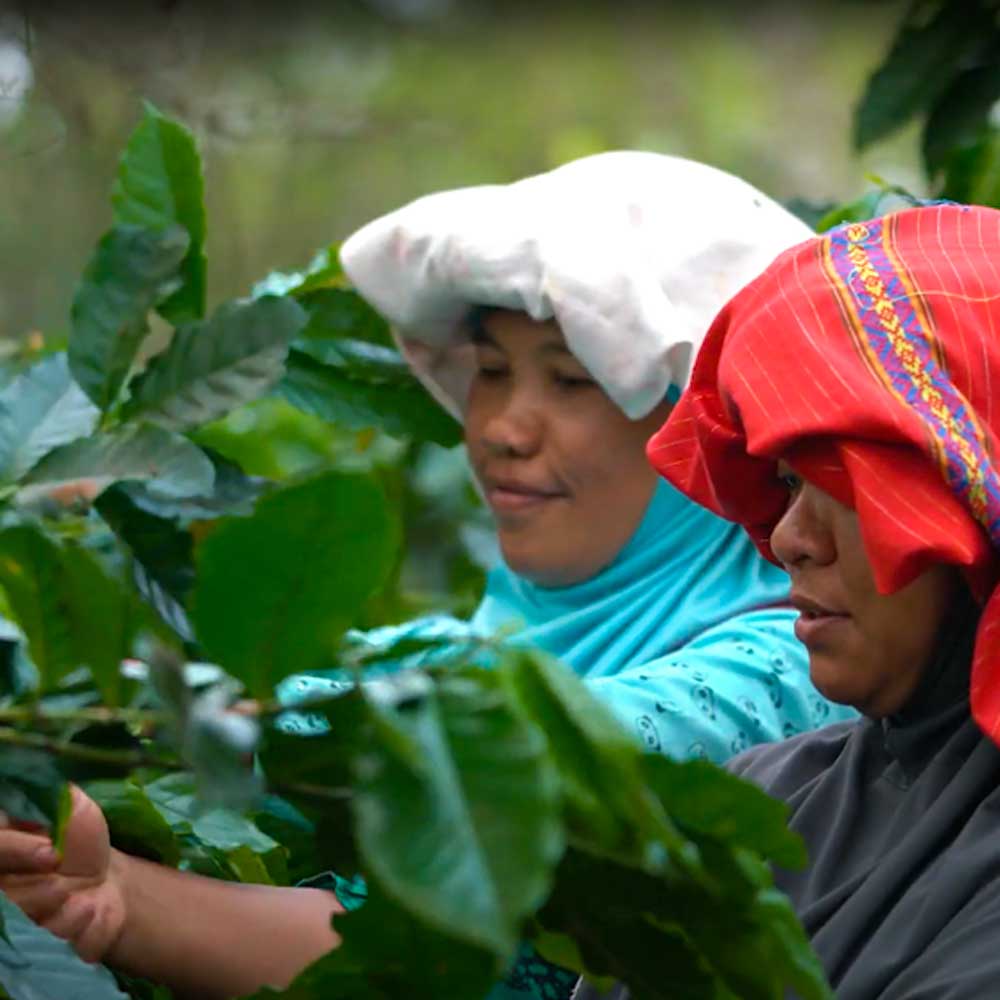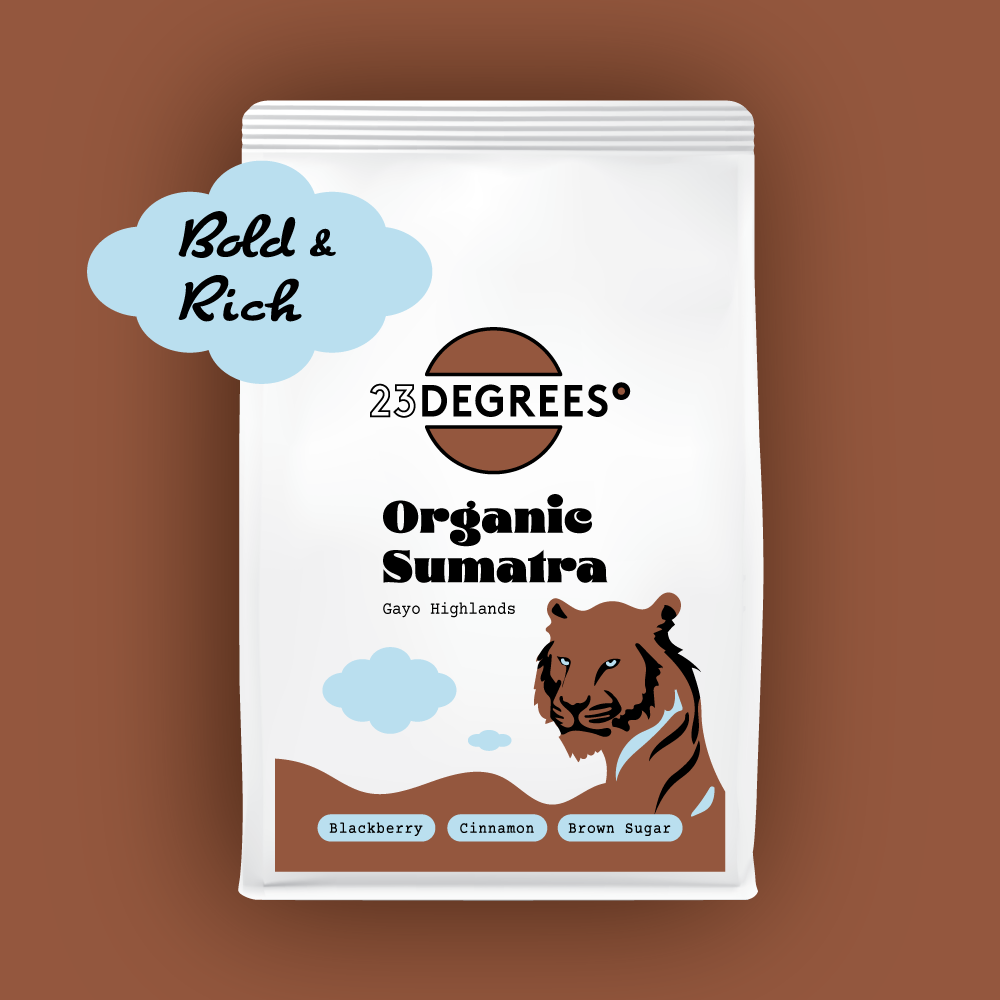
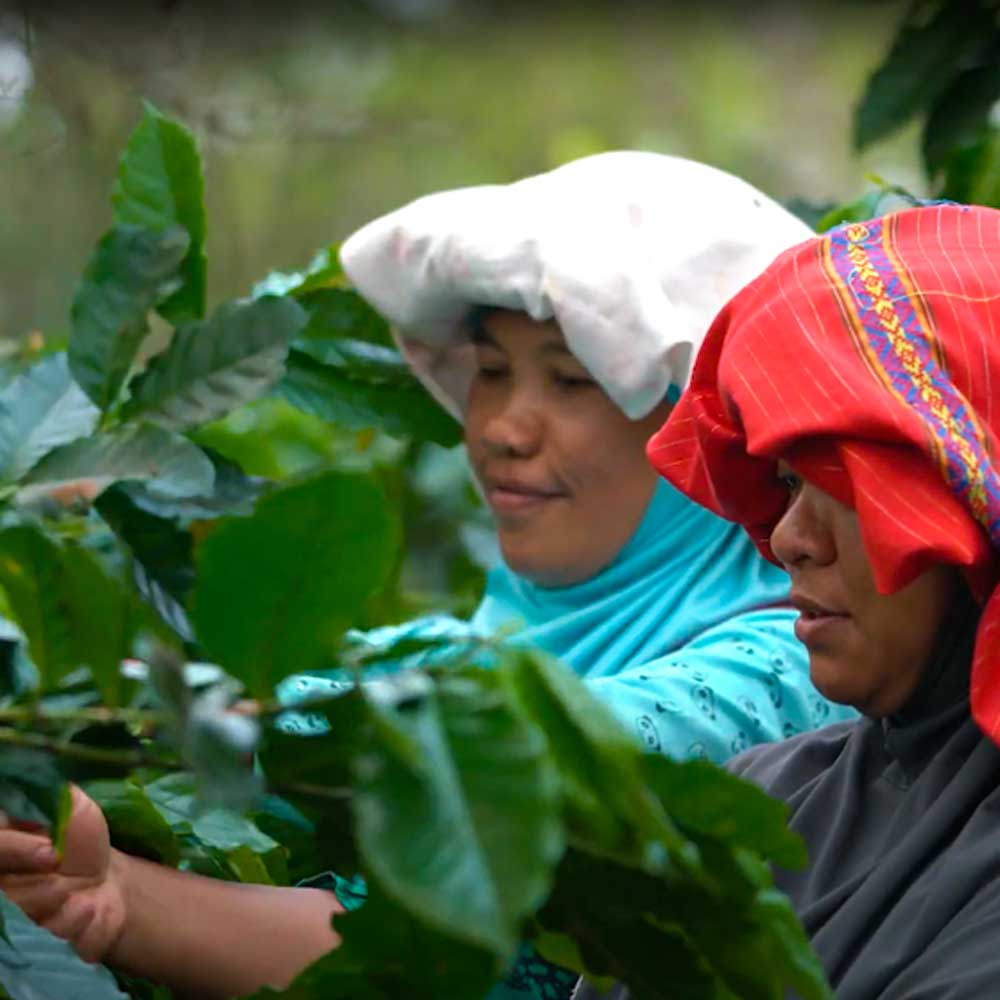
More amazing stuff to know.
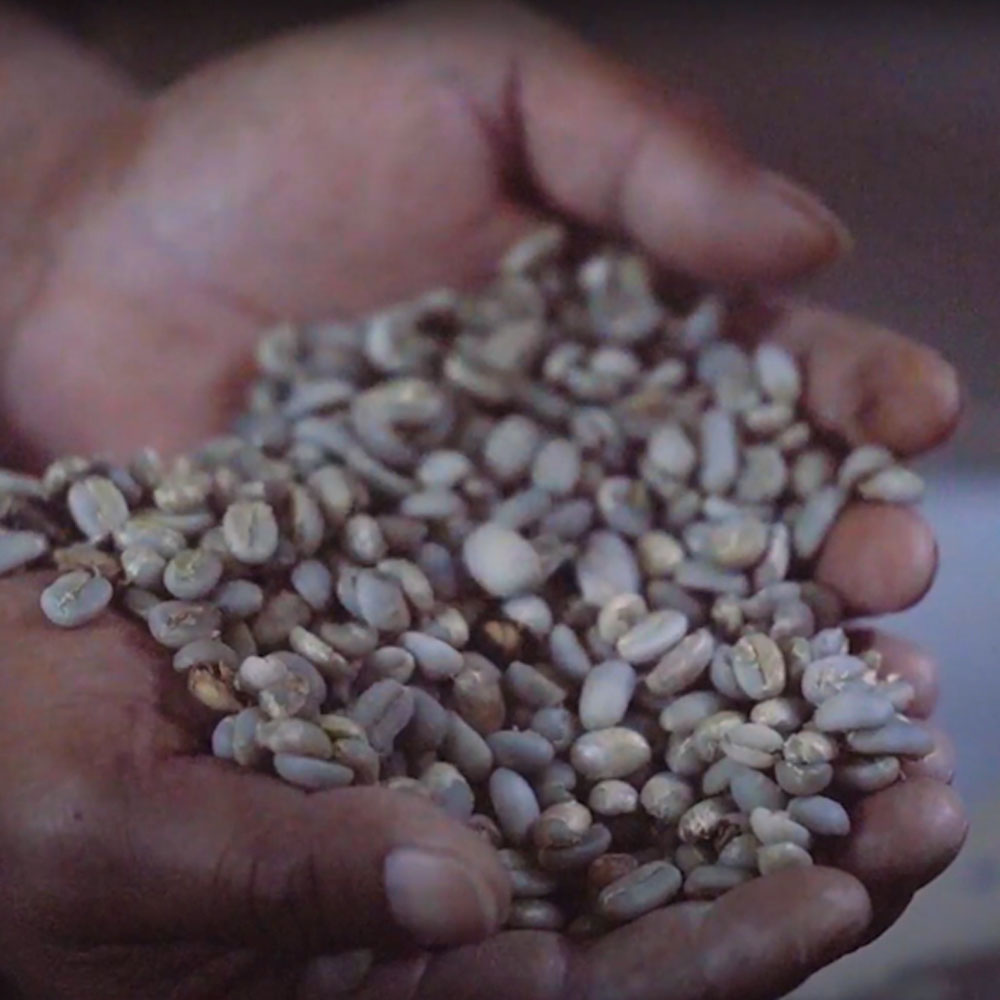
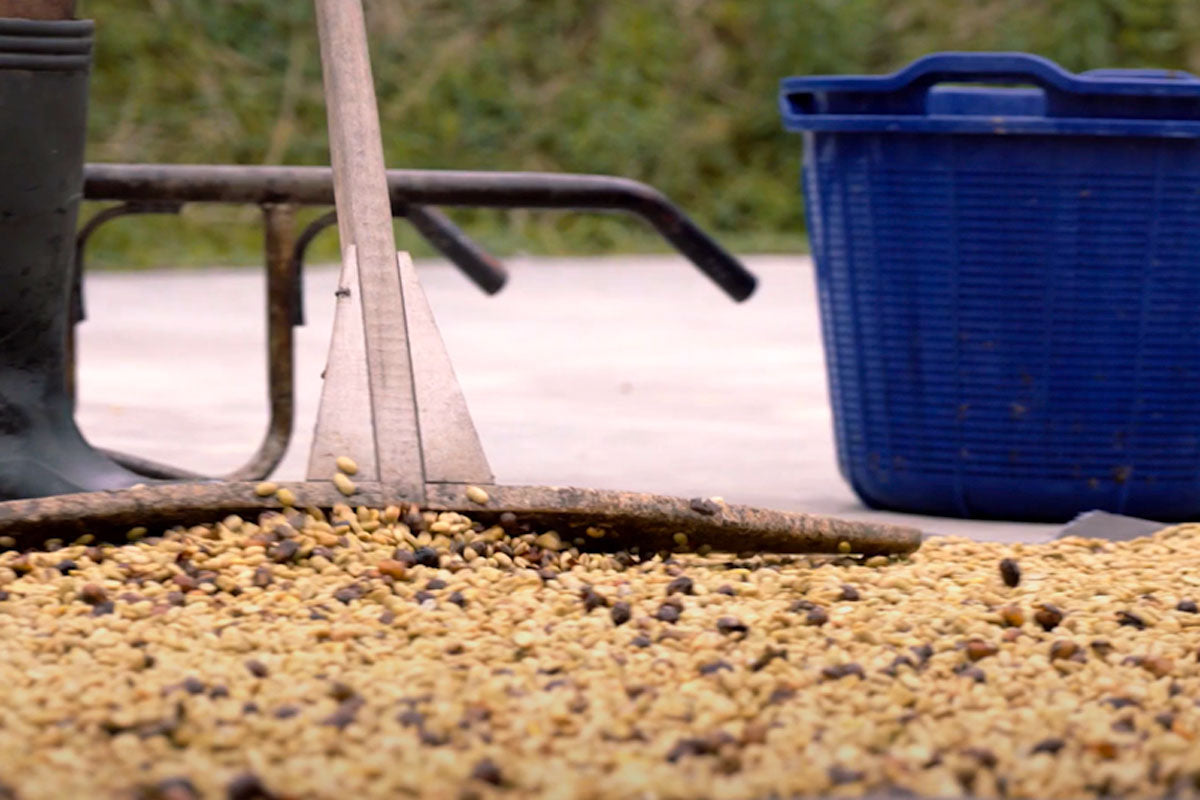
The traditional Indonesian processing method
Wet-Hulling Method in Coffee
Ever wondered what gives Sumatran coffee its deep, earthy richness and bold character? It all comes down to a unique processing method called wet-hulling, or "Giling Basah," which is used almost exclusively in Indonesia and gives Sumatran coffee its distinct flavour profile. Sumatra’s tropical climate makes it difficult to fully dry coffee beans using traditional methods. Wet-hulling allows the process to move faster, avoiding mould or spoilage.
Here’s how it works:
- Pulping: Freshly picked coffee cherries are de-pulped to remove the outer skin.
- Fermentation: The beans, still coated in sticky mucilage, ferment for a short time, usually overnight.
- Washing: After fermentation, the mucilage is washed off, leaving beans covered in a parchment layer.
- Partial Drying: The beans are partially dried to around 30-40% moisture content—much higher than the 10-12% in other methods.
- Hulling: At this stage, the parchment layer is removed while the beans are still moist and soft.
- Final Drying: The hulled beans are dried further to reduce moisture content to export levels.
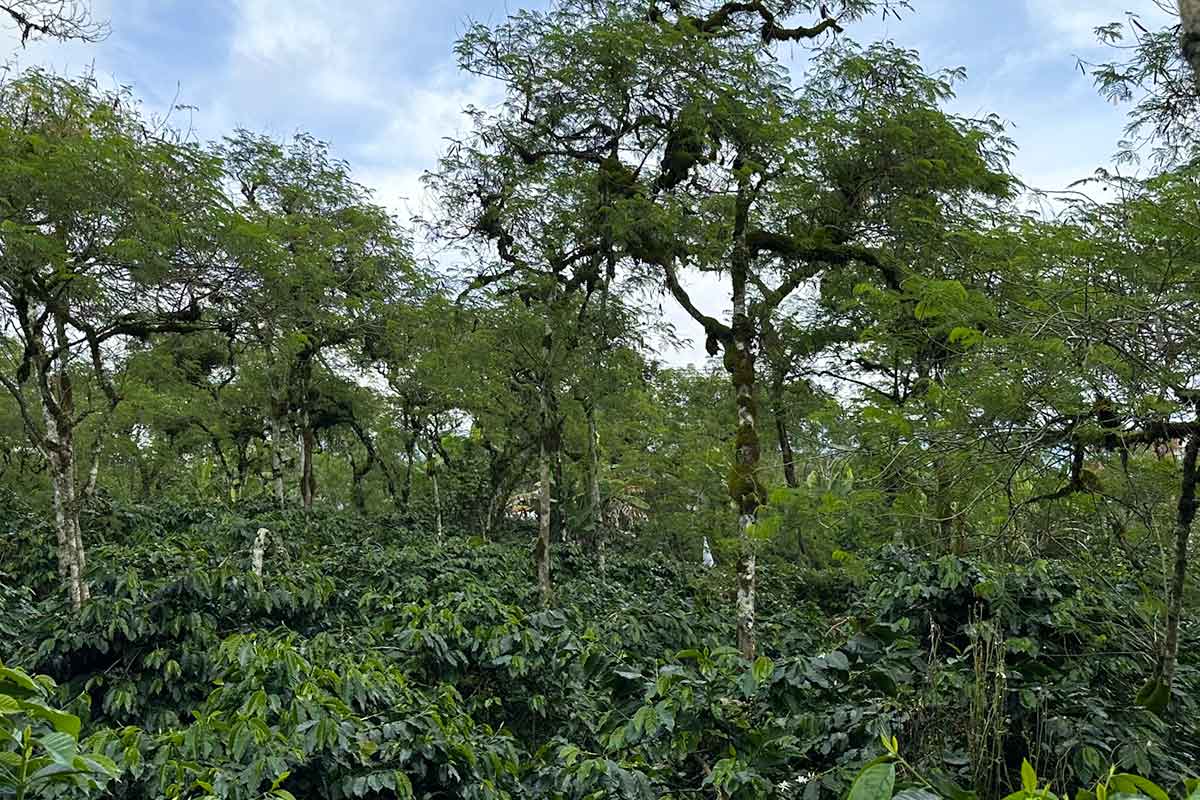
The producer
Koperasi Ara Cahayani Gayo
The Gayo Highlands, perched high in the volcanic mountains of Aceh, are the heart of Indonesia’s coffee culture and home to Koperasi Ara Cahayani Gayo (ACG). This vibrant community of coffee farmers has been growing some of the world’s finest Arabica coffee since 2017, taking full advantage of Gayo’s rich soils, cool climate, and perfect growing conditions. Known for producing full-bodied beans with low acidity and flavour notes of chocolate, spice, and dark fruit, the region’s coffee reflects the passion and dedication of its people.
ACG’s thousands of members are committed to sustainable farming, fair trade, and organic certifications, ensuring that every cup supports both the environment and the livelihoods of local farmers.



